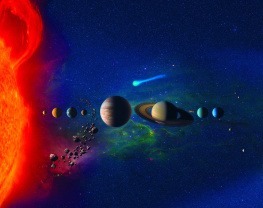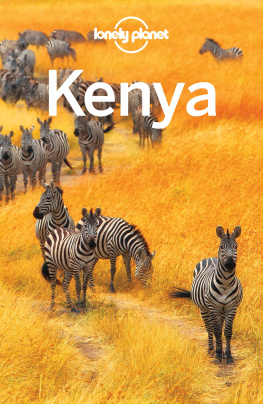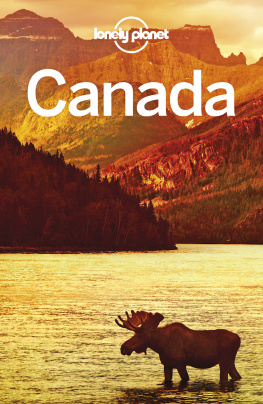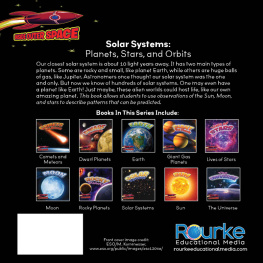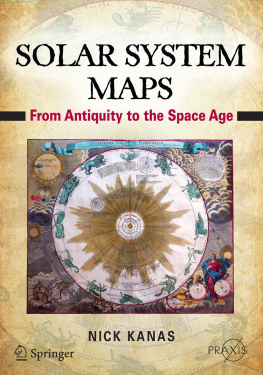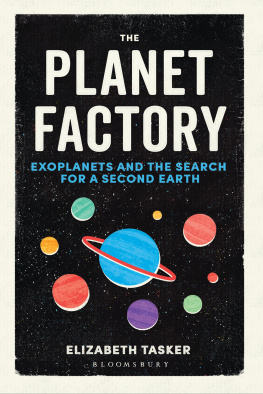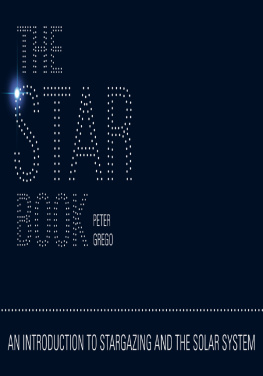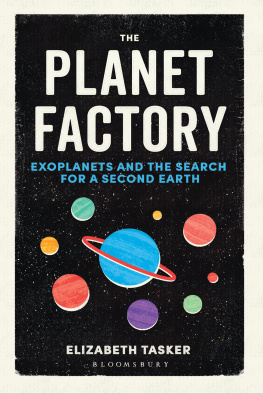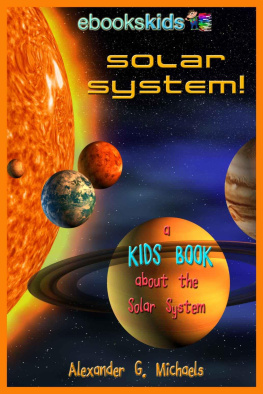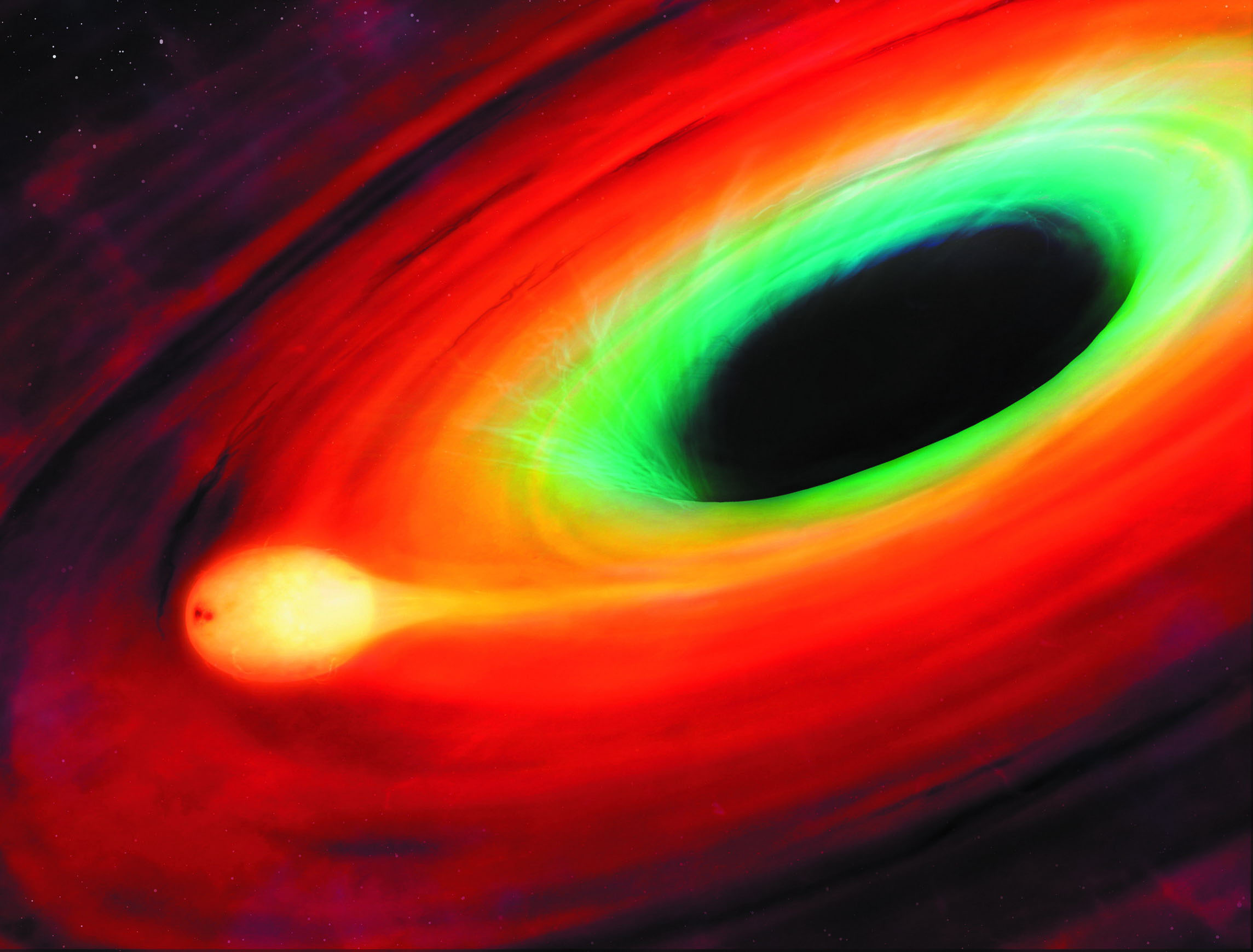A star being distorted by its close passage to a supermassive black hole at the centre of a galaxy.
Welcome to the Universe
Bill Nye
Lonely Planets The Universe gives us more perspective, often breathtaking, more insight, often deep and more unusual facts, often ones you cant find anywhere else, regarding the profound happenstance of our existence. Simply put, the remarkable sequence of cosmic accidents required to enable us to be here on this planet and publish books like this one is astonishing. Unique to these pages are wonderful comparisons of Earth with the other worlds of our solar system and even those exoplanets orbiting other stars. They drive home the jaw-dropping idea that you and I, and everything we can observe around us, are made of the dust and gas blasted spaceward by exploding ancient Suns. And from the stardust and drifting gas, the extraordinary diversity of living things, including animals like you and me, emerged. You and I are at least one way that the cosmos knows itself. An utterly amazing idea that fills me with reverence every time I think on it.
While you are going about your business every day, thinking about whats happening on Earth right now, this book will help you think about a much grander timeline as well. From the comfortable surface of Earth, our deep-thinking ancestors observed our planet and its relationship, their relationship, to the night sky and the Sun. They learned where to live and how to survive. From the icy blackness of space, our spacecraft, built by our best scientists and engineers, make further observations that relentlessly show us Earth is like no other place in the solar system, and remains the only place we can live and thrive. By understanding the changes here over recent millennia, we can see that, if were going to continue to thrive, we must preserve our environment. Otherwise, well go extinct, like 90% of the species that gave it a go on Earth before we showed up.
This cosmic perspective induces all of us to compare Earth to our neighbouring worlds out there. Its one thing to consider Earth as a pretty big place, especially if you tried to walk around it. Its another thing to think that 1300 Earths would fit inside a sphere the size of Jupiter, and over a million Earths would fit inside the volume of the Sun. While were appreciating the visible differences of the traditional planets, what you might call their qualitative differences, this book helps us take it all in by the numbers, the planets (and exoplanets) quantitative differences, and beyond that, the differences between our own Sun and the uncountable stars above, visible and invisible. In here, these essential distinctions are spelled out or counted up.
The rocky and metallic compositions of Mars, Venus, and Mercury are very much like Earths, but the environments of these other worlds are completely different. The text and pictures here will help you understand why. The unique chemical composition of the rocks, craters, and sands of the other worlds in the solar system has caused these extraterrestrial environments to have chemistries that are literally other worldly. These processes have conspired to produce radically different surface temperatures on Mars and Venus. Our discoveries in planetary science offer us a planet-sized lesson in the importance of the greenhouse effect, how our planet became habitable, and how the biochemistry of life changed the chemistry of the atmosphere and sea.
The story carries out away from the Sun, where we find the gas-giant planets: Jupiter and Saturn. They dont seem to even have surfaces as such. Theres nowhere to stand, but theyre so massive that, if you got too close, their gravity would crush you quick. On out further from the Sun we find Uranus and Neptune. Theyre very large and very cold, with enormous icy storm systems and winds moving at fantastic speeds. All of these other worlds in our solar system, the ones that are not Earth are very different, very interesting and utterly hostile.
As you turn these pages, learning the facts of everything from our solar system to the far reaches of intergalactic space, consider that theres no other planet that we know of anywhere, upon which you could even catch a breath to be taken away, or seek a deciliter of water to be sipped let alone be afforded an opportunity to live long and prosper. The Earth is unique, amazing, and our home.
From a cosmic perspective, we are a pretty big deal. Weve changed the climate of a whole planet. Run the numbers for yourself. Climate change is our doing. If were going to make it much farther on this world, were going to have to engage in some un-doing. Right now, its our chance to change things. We are but a speck in the cosmic scheme. But its our speck, and the more we know and appreciate it, the better chance we have keeping it hospitable for species like us.
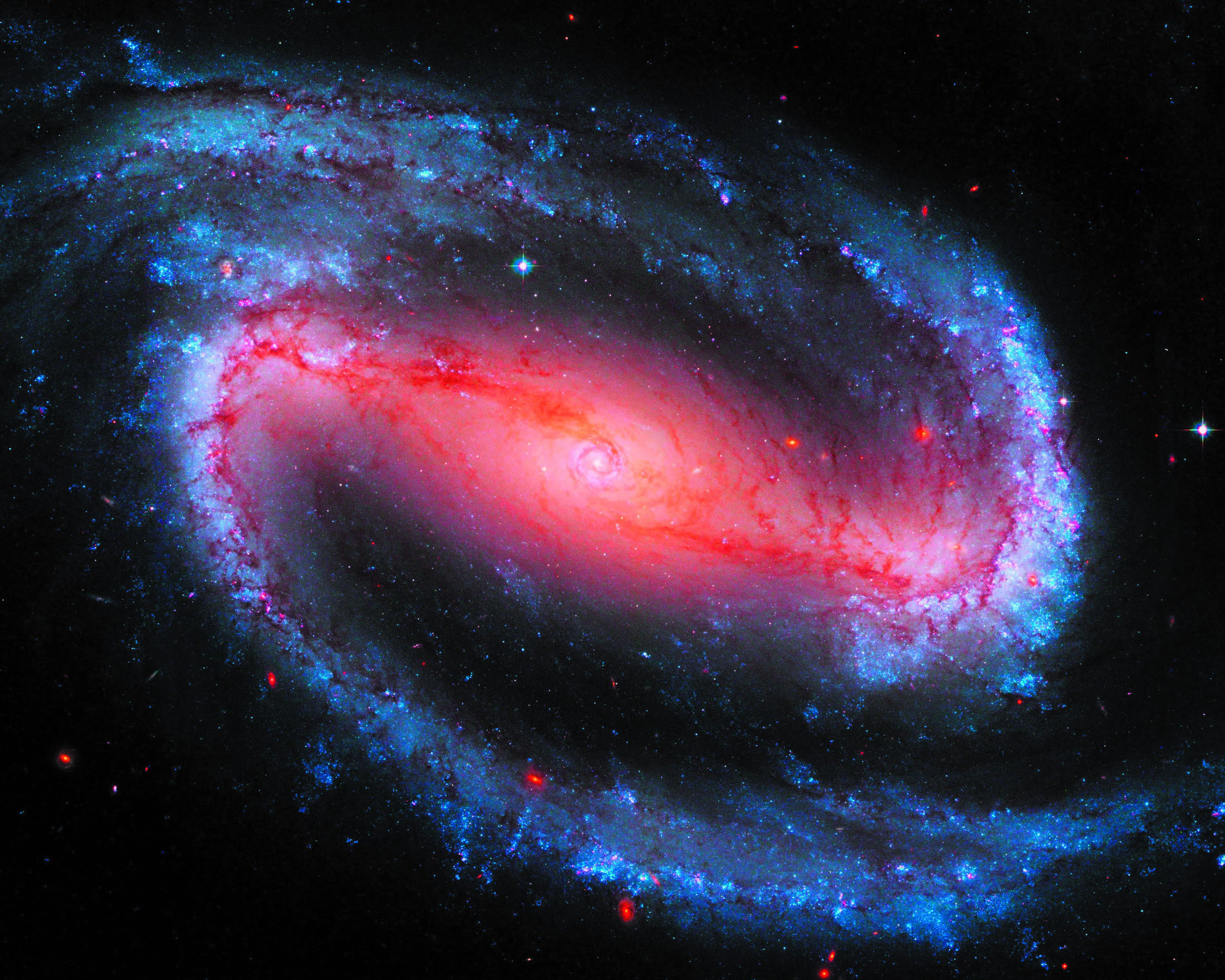
Barred spiral galaxy NGC 1300.
DESIGN PICS INC / ALAMY STOCK PHOTO
Introduction to the Universe
With 2 trillion estimated galaxies and uncountable stars, our Universe is filled with wild examples of exoplanets, stars, black holes, nebulae, galaxy clusters and more, which scientists are still probing.
Our Universe began in a tremendous explosion known as the Big Bang about 13.7 billion years ago. We know this by observing light in our Universe which has travelled a great distance through space and time to reach us today. Observations by NASAs Wilkinson Anisotropy Microwave Probe (WMAP) revealed microwave light from this very early epoch, about 400,000 years after the Big Bang.
A period of darkness ensued, until about a few hundred million years later, when the first objects flooded the Universe with light. The first stars were much bigger and brighter than any nearby today, with masses about 1000 times that of our Sun. These stars first grouped together into mini-galaxies; the Hubble Space Telescope has captured stunning pictures of earlier galaxies, as far back in time as ten billion light years away.
By about a few billion years after the Big Bang, the mini-galaxies had merged to form mature galaxies, including spiral galaxies like our own Milky Way. It had also expanded, racing under the force of the so-called Hubble constant. Now, 13.7 billion years from the Big Bang, our planet orbits a middle-aged Sun in one arm of a mature galaxy with a supermassive black hole in the middle. Our own solar system orbits the Milky Ways centre, while our galaxy itself speeds through space.
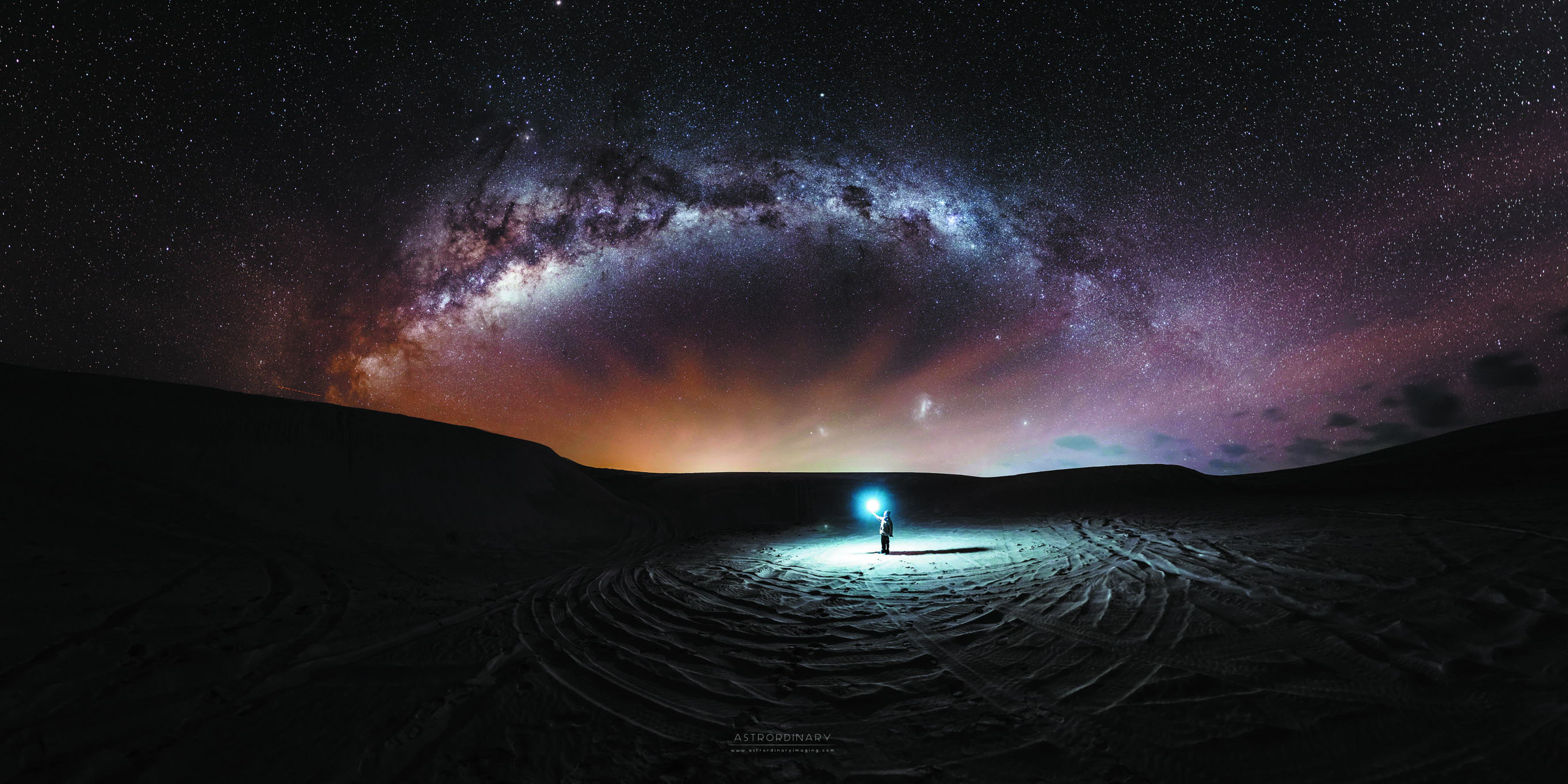
Under the Milky Way in San Pedro de Atacama, Chile.
MAVENVISION / ALAMY STOCK PHOTO

